You might have come across Mercedes-Benz AMG models with thunderous exhaust notes and ballistic performance to back the racket. These cars are a stark contrast to what Mercedes-Benz is known for – it is the dark side or alter-ego of the oldest car brand in the world. Competing with BMW’s M division, and Audi’s RS, Mercedes-AMG makes visceral performance cars that combine luxury with performance to shame supercars. AMG has built a reputation for itself as a serious performance wing, and the latest is the Mercedes-AMG One, an F1 car for the road.
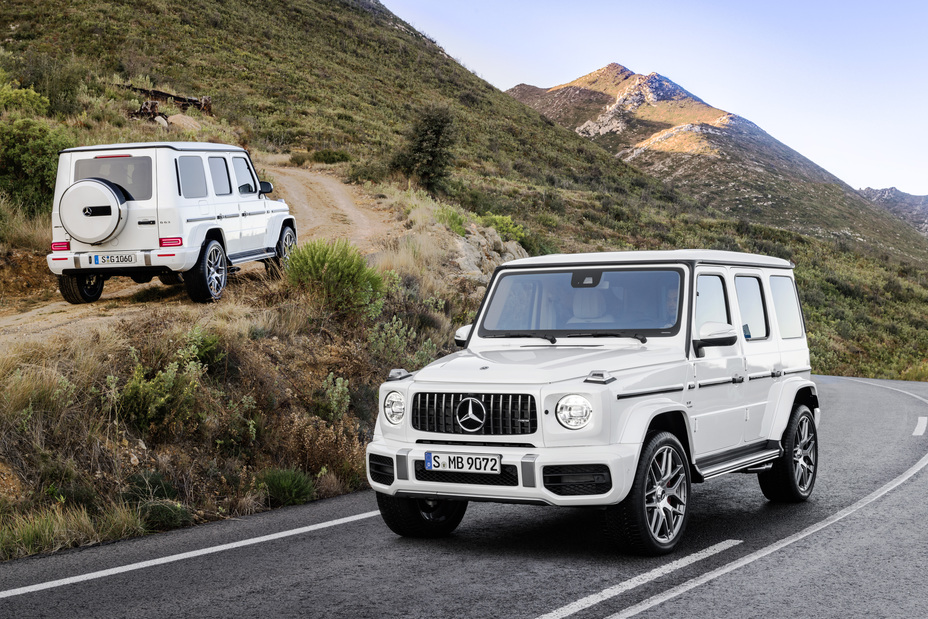
But, AMG is more than its alien hypercar, AMG’s magic potion is available from the humble A-Class to the hunky G Wagon, and quite literally everything in between. There have been exemplary performance SUVs, saloons and supercars such as the SLS AMG from this special marque. In India, AMG has a stellar portfolio with a wide range of products and body shapes making it a strong option for ardent petrolheads. Read on for a comprehensive guide on AMG, how it came to be and what makes them special.
AMG Full Form
Aufrecht, Melcher and Großaspach. Yes, that’s what AMG stands for and these are the last names of its founding members – Hans Werner Aufrecht and Erhard Melcher. Großaspach is Hans’ birthplace. The brand is now officially known as Mercedes-AMG instead of AMG, signifying its tie with the German brand as it wholly owns it now.
History Of AMG
The history of AMG dates back to 1967, when Hans and Erhard founded AMG as an engine forge which modified and prepared engines for motorsport applications. AMG came into existence when Daimler stopped its motorsport activities forcing Hans and Erhard, then Mercedes employees, to continue doing what they love. Initially, they cemented their success with the 300 SE racecar (nicknamed the red pig) which won a staggering 10 times at the German Touring Car Championship. AMG then turned its focus on road cars and tuning them for more performance.
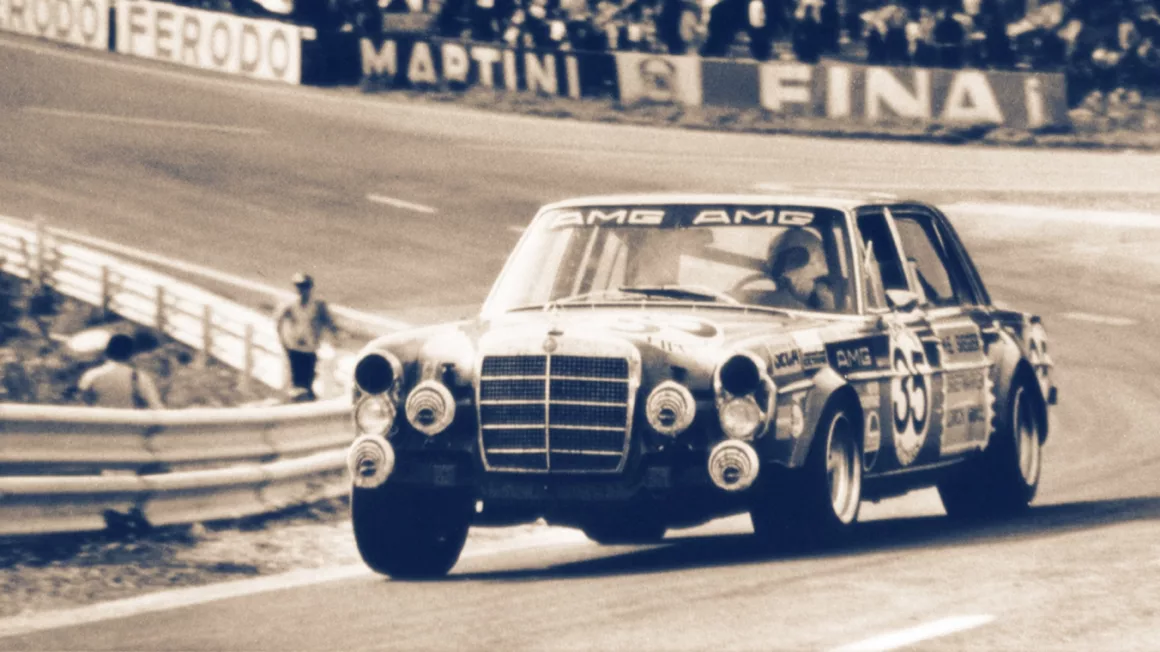
With increased success and reception, Mercedes-Benz partnered with AMG in the 1980s. One of the most infamous AMG cars, the W124 E-Class-based Hammer was the fruit of this partnership. AMG had its hand in numerous Mercedes-Benz models from the same era and they even extended their support to brands such as Honda and Mitsubishi. The Mitsubishi Galant AMG and the Honda Ballade AMG were the result of this lesser known cohort.
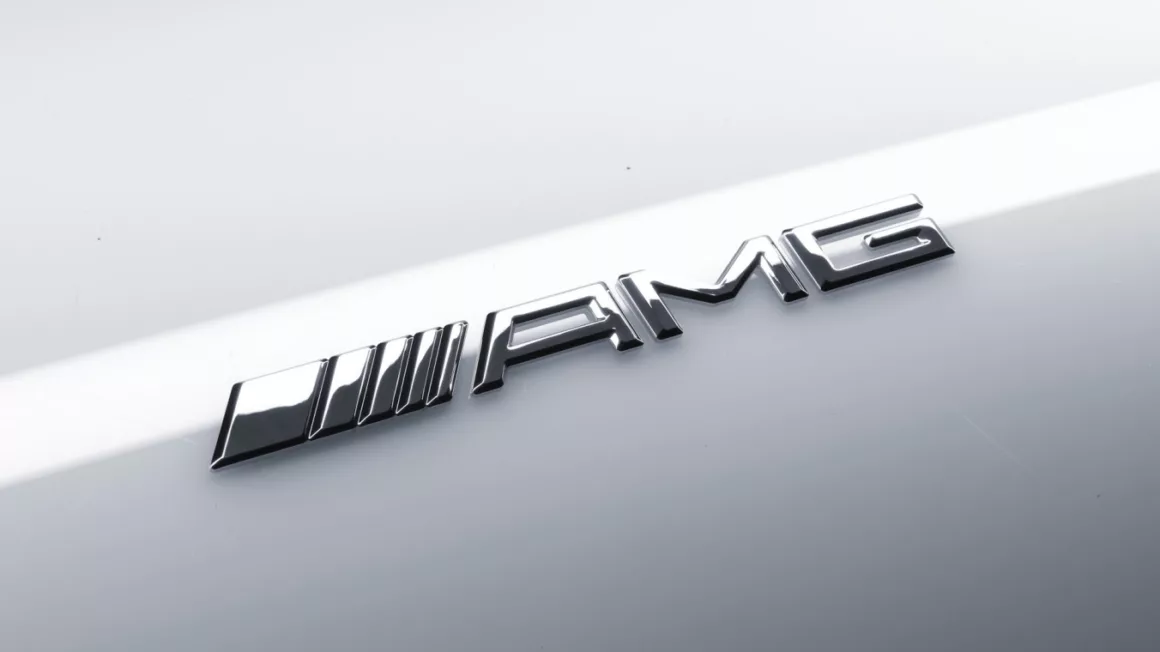
In 1993, Mercedes-Benz and AMG merged officially, and the C36 AMG was the first car The rest, as we know, is history. No matter the body style or model, the appearance of these three letters meant ludicrous performance. AMG built its reputation over the years with some incredible cars and followed it up with even sinister versions such as the Black Series models. AMG also started tweaking the SUVs, to make the G55 and the G63 AMGs furiously quick, defying the laws of physics.

Things got serious when AMG created the SLS AMG, an outright supercar from scratch that shook the world. Harking back to the 300SL from the yesteryears, the SLS AMG was a sweet throwback and one of the most dramatic supercars. The SLS Black Series turned everything up to 11 pushing it into the hall of fame. This was followed by the AMG GTR and its subsequent versions.
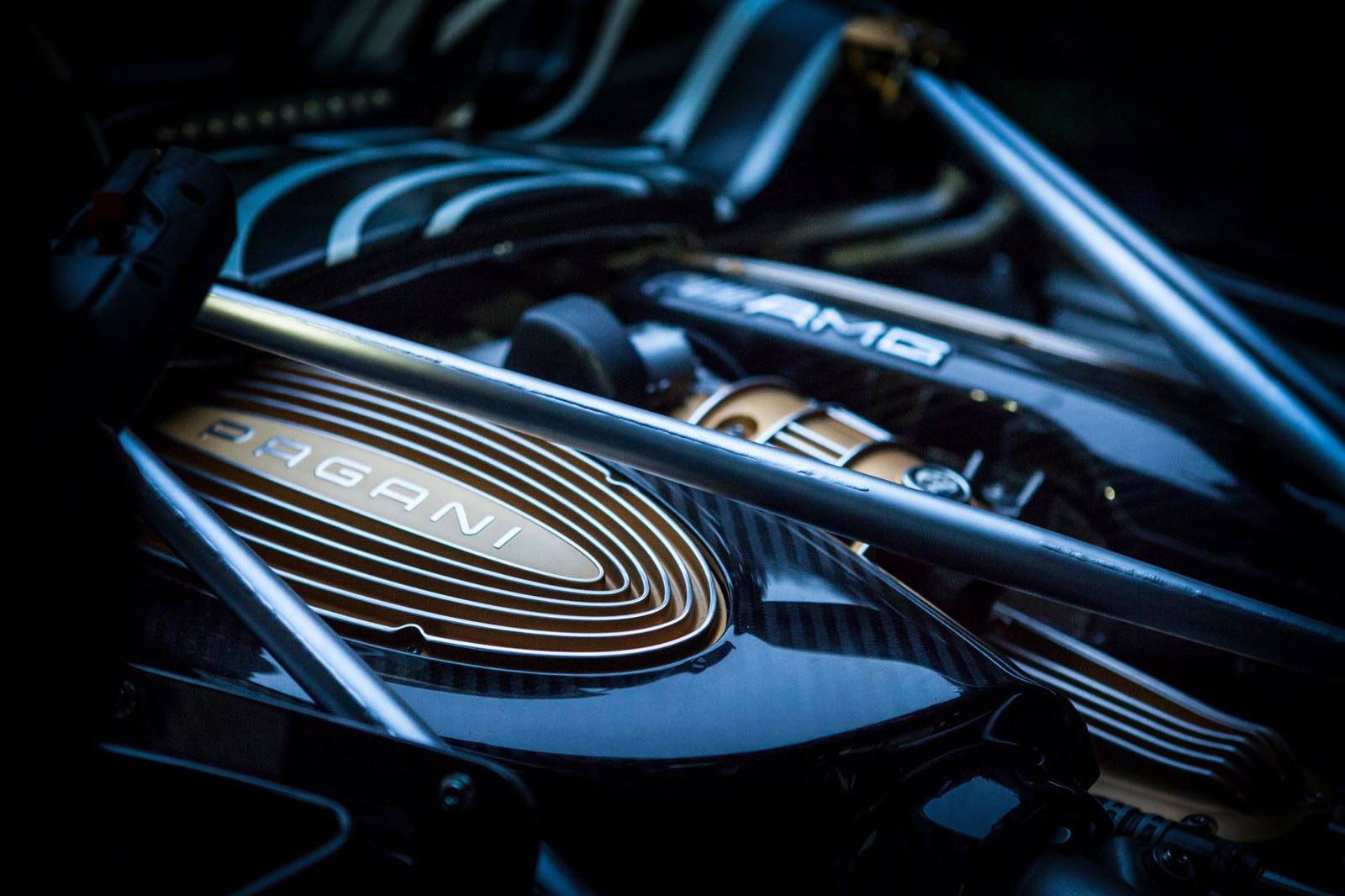
Apart from this, AMG also partners with Lotus and provides engines for the latest Emira sportscar. But, a bigger known partnership is with Pagani, where AMG V12 engines have been powering Pagani’s since its inception. Since 1999, Pagani has been supplied with AMG engines and the first engine was the M160 6.0-litre V12. This has gone up over the years with Pagani using various engines including the 7.3-litre V12 with special revisions to increase the output for Pagani’s hypercars. Furthermore, AMG also supports Aston Martin with engines for its production cars such as the DBX, DB11, and the Vantage.
What is the difference between Mercedes-Benz and Mercedes-AMG cars?
For starters, AMG models are strictly based on standard Mercedes-Benz models. To make this easier, let us take the E63 AMG as an example. AMG uses the same platform and largely the same chassis, but things get serious after that. Where a standard E-Class might get a powerful V8 engine in its flagship trim, the E63 uses a high capacity 6.2/6.3-litre naturally aspirated or turbocharged V8 unit producing double the horsepower of the standard car at times.

AMG is known for their high capacity V8 and V12 engines but with downsizing being the norm, more models are being downsized to turbocharged six and four cylinder units. However, they still make enough power and torque figures to experience warp speed. To back these outrageous figures, AMG also does everything from chassis tuning to bigger brakes, exhaust, better gearbox and everything mechanical to support it and make it dynamically competent. Thanks to this, Mercedes-AMG models are also known for their chassis balance and handling traits and praised for being unapologetic driver’s cars.
The final differentiation comes down to the styling where AMG gets rid of the shiny bits for a darked out aesthetic with functional aero elements. These changes are also carried out to the cabin with better racing seats, Alcantara, carbon fibre and the lot.
While a standard Mercedes-Benz is all about opulence and comfort, Mercedes-AMG means serious performance. They can be mile munching grand tourers to track tools, depending on the specification.
The catch? It comes at a cost. The enormous engines, top-shelf parts, bespoke chassis and materials come at a cost making them dearer than you can imagine. For example, the most affordable AMG in India, the A45 is priced close to Rs. 92.5 lakh (ex-showroom).

If you’d like something in the middle, Mercedes-Benz also offers the AMG Line (more like a trim) with cosmetic and subtle mechanical changes for a sportier attire. With electrification taking centre stage, Mercedes-AMG has also started developing performance electric vehicles.
AMG Models in India
Model | Starting Price (ex-showroom) | Bodystyle |
Mercedes-AMG A45S 4MATIC+ | Rs. 92.5 lakh | Hatchback |
Mercedes-AMG C 43 4MATIC | Rs. 98.2 lakh | Sedan |
Mercedes-AMG E 53 4MATIC+ Cabriolet | Rs. 1.30 crore | Convertible |
Mercedes-AMG GLE 53 Coupe | Rs. 1.71 crore | SUV Coupe |
Mercedes-AMG SL 55 4MATIC+ | Rs. 2.44 crore | Roadster |
Mercedes-AMG EQS 53 4MATIC+ | Rs. 2.45 crore | Sedan |
Mercedes-AMG GT63S 4MATIC+ E Performance | Rs. 3.30 crore | Sedan |
Summary
Mercedes-AMG is not just a performance subsidiary of Mercedes-Benz. It is much more than that. AMG models often have the performance of a high-end supercar for much less money while offering more space, seats and practicality. These cars signify why you don’t need to compromise on comfort/practicality for bonkers performance. Although it sounds outrageous, all the AMG models on the list above can also double up as a family car. It’s that kind of duality that makes Mercedes-AMG special. Although the ask is a lot in comparison to a normal Mercedes-Benz, you also get twice the performance, and twice the smiles. Hard to beat that if you want our opinion.
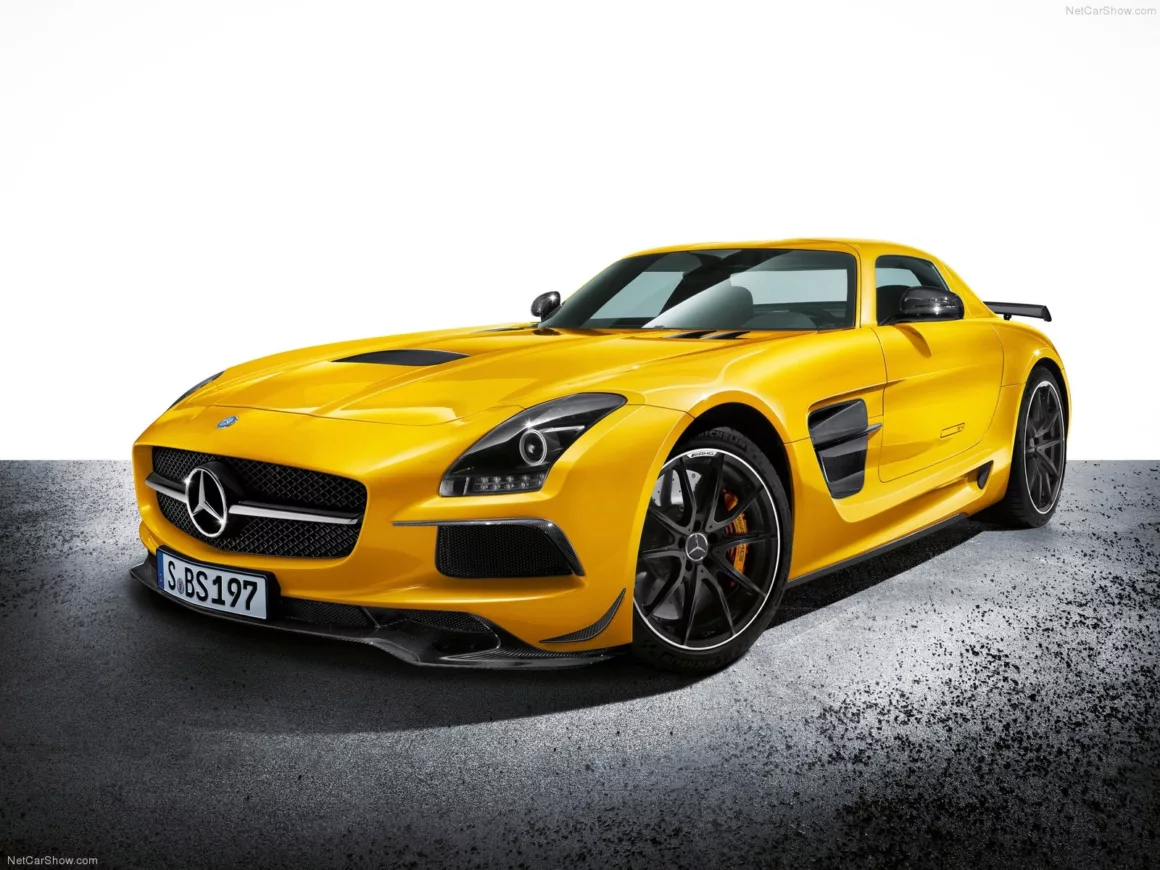

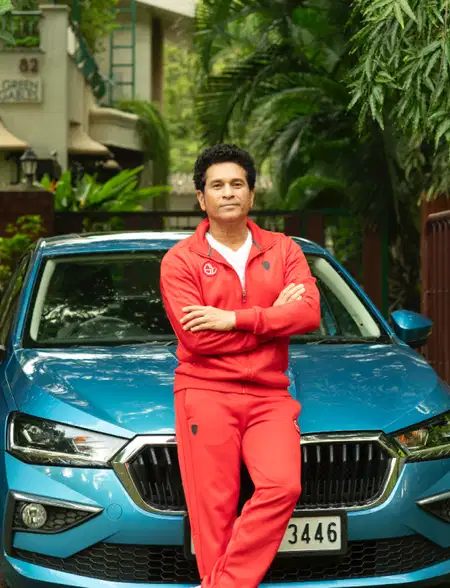
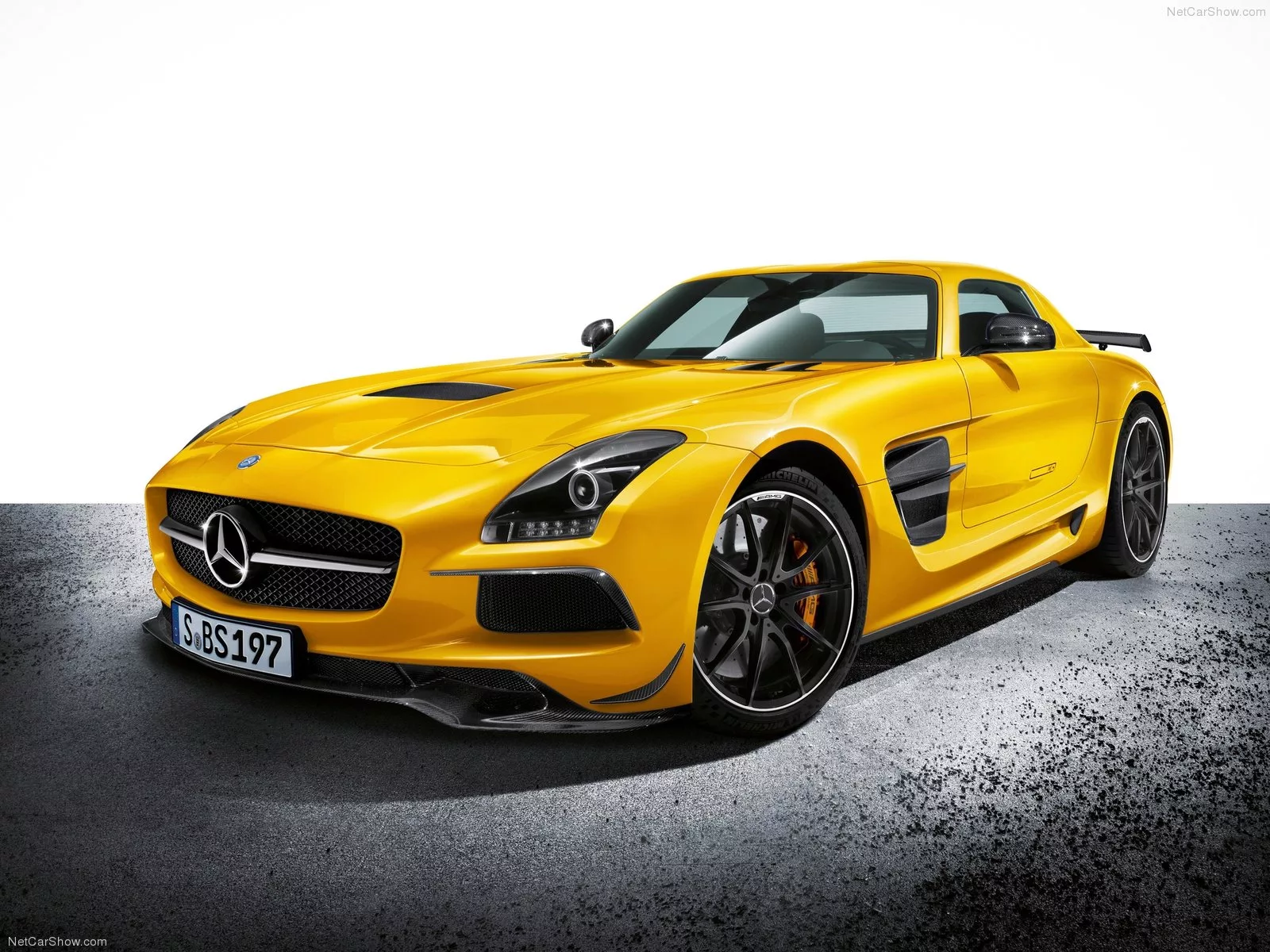

 ne big family!
ne big family!